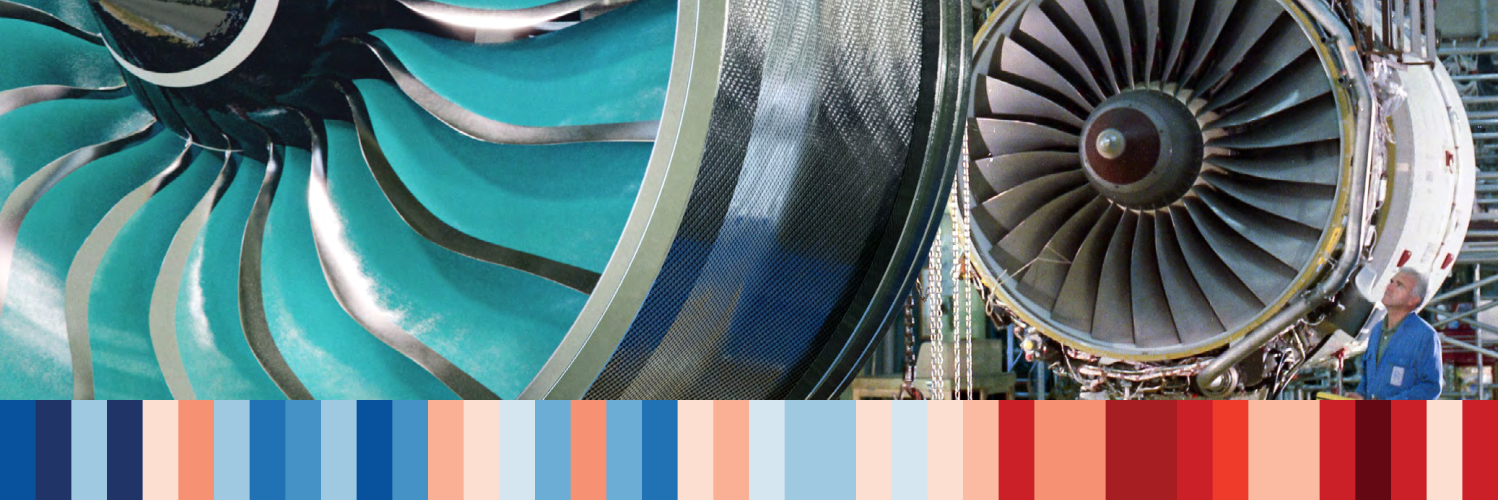The aviation industry is well known for driving forward leading-edge technological developments that filter through and benefit other sectors, such as the use of composites and 3-D printing. Following the certification of a variety of new aircraft types over the last decade (e.g. Boeing 787 and 737MAX; Airbus A350, A330neo and A320neo), the level of aircraft certification activity has reduced. The penetration of these aircraft types into the global fleet, and the accelerated retirement of older aircraft due to COVID, has led to improvements in the overall environmental performance of the European fleet.
Aircraft and engine environmental certification standards
are implemented by EASA within the EU and EFTA. This Chapter focuses on the latest certified data for traditional subsonic aircraft and engine designs, which enables a comparison of the environmental performance of aircraft and their engines. It also provides an overview of the growing work associated with new environmental standards for emerging novel designs. Detailed data on products and figures, as well as an overview of the noise and emissions certification measurement procedures, are available on the European Aviation Environmental Report website.

